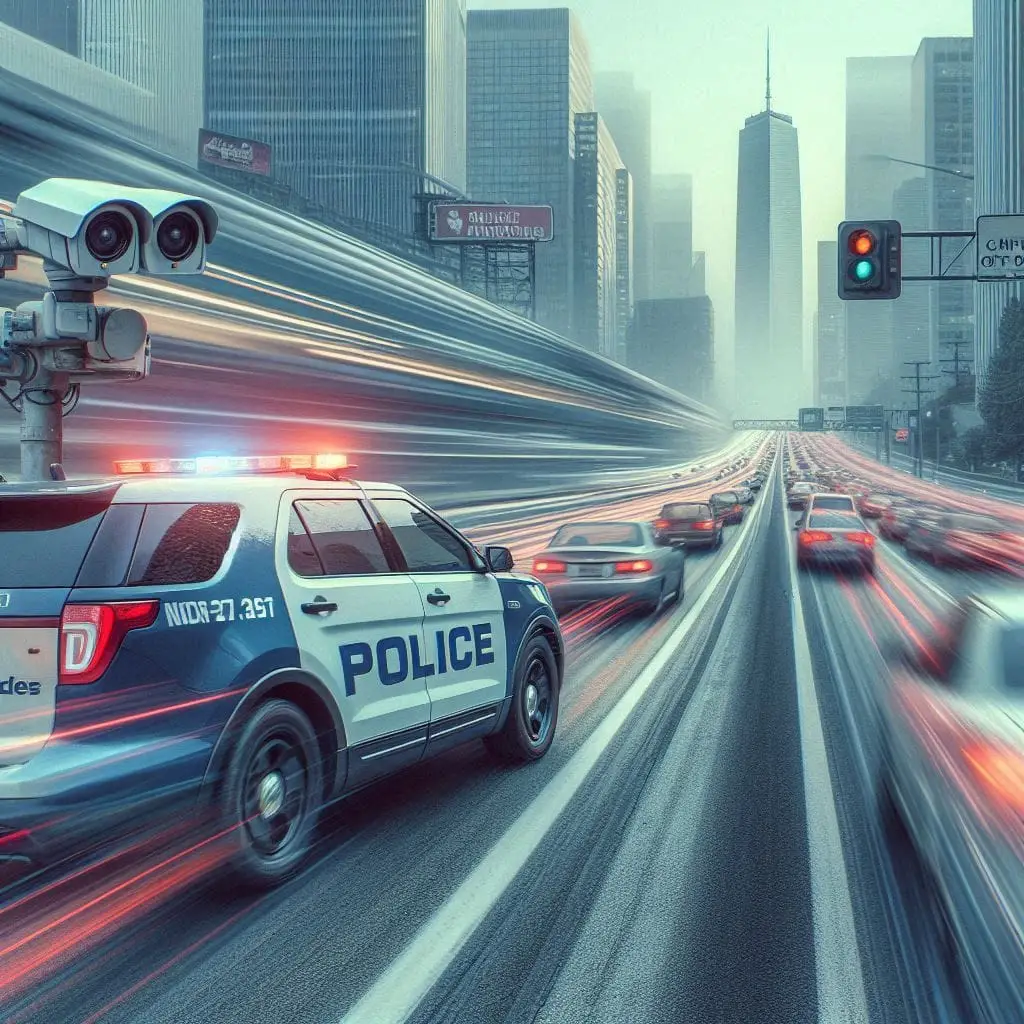Over the past few weeks, speed cameras have appeared on several sections of the newly constructed roads in Lilongwe. On one particular stretch, there’s a small sign at the start of the road that reads “40 mph.” It’s inconspicuous, and easy to miss as you navigate the roundabout. If your instincts are tuned to a default speed of 50 mph, as many drivers are, you might find yourself stopped by traffic officers just after ascending the hill.
Initially, the scene was consistent: multiple cars pulled over, and drivers were caught off guard by the unexpected rule. But over time, word spread, and behavior began to shift. Today, most drivers approach these areas at a snail’s pace, cautiously inching along. However, the moment they pass the speed trap, they surge ahead, returning to their usual speeds as if the rule, and its lesson, ceased to exist.
This situation highlights several critical lessons about leadership:
- Awareness and Communication Matter
Many drivers missed the small speed sign, leading to repeated violations. Similarly, in leadership, unclear or poorly communicated expectations lead to mistakes. People need clarity to operate effectively. Leaders must ensure that messages are clear, repeated, and visible. Ambiguity is the enemy of progress. - The Danger of Assumptions
Drivers assumed the speed limit to be 50 mph because it aligned with their default habits. Leaders often fall into the same trap, assuming their teams understand expectations without explicitly stating them. Never leave understanding to chance. Clear communication eliminates costly assumptions. - Feedback Drives Behaviour
Seeing other cars pulled over served as an immediate form of feedback, prompting other drivers to adjust their speed. Leaders, too, can use timely feedback to reinforce desired behaviors and correct deviations. Feedback, whether through results, recognition, or correction, is essential for guiding teams toward success. Better still is feedforward. - Behavioural Change Takes Time
It took weeks for drivers to adjust their behavior, and even then, many slowed down only temporarily. Similarly, creating lasting change in teams requires time, reinforcement, and alignment with deeper values. Change doesn’t happen overnight. Leaders must be patient, consistent, and persistent to embed new behaviors. - Visibility vs. Accountability
Drivers slowed down when they saw the cameras but sped up once they passed them. This demonstrates the difference between compliance and accountability. While compliance relies on oversight, accountability stems from an internalized sense of responsibility. Leaders must cultivate accountability so that people do the right thing even when no one is watching. - The Power of Word of Mouth
As drivers shared their experiences with the speed cameras, word spread, and behavior shifted. This highlights the power of open communication in influencing collective action. Leaders should foster a culture where information flows freely, ensuring everyone is informed and aligned - Anticipating Resistance
Even after adapting to the speed limit, drivers sped up once past the camera. Resistance to change is natural, especially when people don’t fully buy into the rationale. Leaders must anticipate resistance and address it proactively by explaining the why behind decisions. Buy-in creates commitment, not just compliance. - Leadership as a Continuous Journey
The ongoing adjustment of driver behavior is a reminder that leadership isn’t about quick fixes. Just as drivers need consistent reminders, leaders must commit to sustained communication and reinforcement to drive lasting impact. Leadership is not a one-time act; it’s a continuous process of guiding, adapting, and improving.
The roads of Lilongwe are an example of leadership challenges. Are we creating environments where people simply comply under scrutiny, or are we inspiring intrinsic accountability and lasting change? Effective leadership is about more than setting rules, it’s about creating clarity, fostering understanding, and building a shared commitment to values and vision.
Just as the speed limit is there to ensure safety and order, leadership is about setting clear paths that guide behavior, not just temporarily, but sustainably
As a leader, how can you shift your team’s behavior from mere compliance to genuine commitment, ensuring they act with accountability even when you’re not watching?

